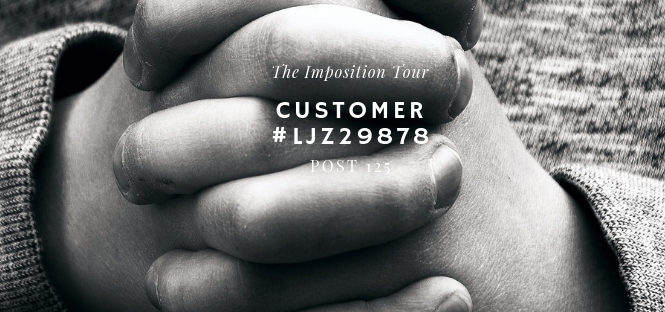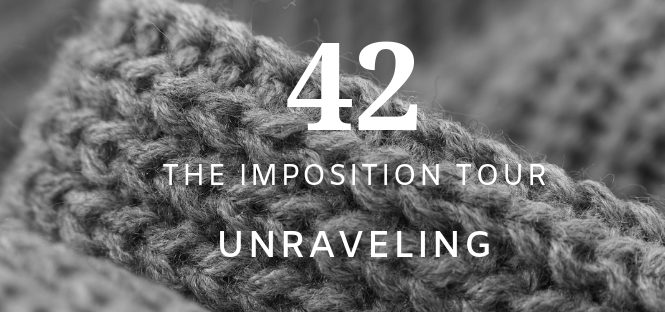After I kissed Lou for the last time in the pre-op area, a nurse gave me a packet of paperwork with Lou’s patient-tracking bar code on it.
She explained to me that I could expect a few updates during Lou’s surgery. The way it worked is that Lou’s patient number would appear on a digital status board in the waiting area. Whenever I saw Lou’s patient ID pop up on the screen, it would offer me information, his current location status, or instructions to go to the intake desk for more details.
When I entered the waiting area for the first time, I was surprised by how many people were already taking up seats in the huge room. There was a series of low walls that had healthy looking plants growing in them that created seating alcoves for people to sit and read, or to watch a few televisions that were on, but had no volume.
Huge digital monitors were carefully mounted from the ceiling throughout the waiting room — just like the nurse had described. I instantly understood how the communication system worked. After I sat down in one of the chairs, I noticed a similar patient number to Lou’s flash up on the screen. Next to the patient code was a status update that said, “MOVED TO RECOVERY.”
The communication board reminded me of the screen at a fast-food take-out window. When you place your order, you can scan all of the information, make sure it’s accurate, and then pull around to the pick-up window to pay for, and to collect your order. As I watched a few more patient status reports blink onto the screen, I imagined myself placing my order:
“Hi. Yes, I’d like to place an order. I’d like the healthy husband triple deluxe burger with a side of relief, and a passion fruit shake — to go, if you will, please. Thanks. Shall I pull around for pick-up?”
But nothing in my life was as easy as ordering up my version of a healthy husband. I didn’t know what was best for Lou the way I used to think I did. I didn’t know what was best for me anymore, either. I was losing us…




